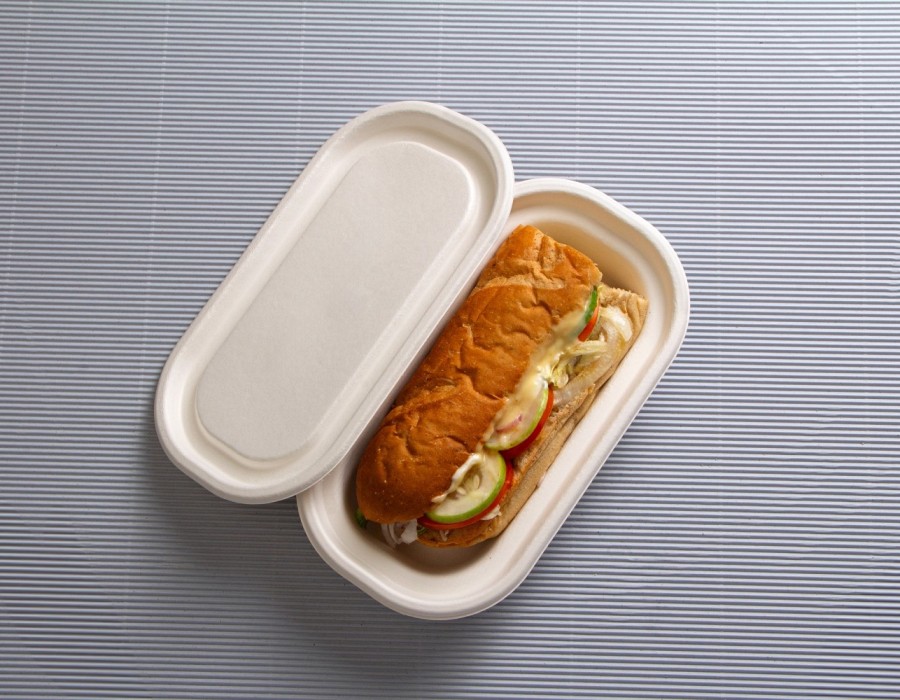Introduction
As sustainability becomes a cornerstone of modern consumer practices, bagasse containers are increasingly at the forefront of packaging innovation. Derived from sugarcane's fibrous residue, these eco-friendly alternatives offer not only environmental benefits but also exciting design possibilities. Let’s explore the emerging trends in bagasse container design that are shaping the future of packaging.
1. Advanced Material Technology
One of the key trends in bagasse container design is the integration of advanced material technologies. Manufacturers are exploring new ways to enhance the durability and functionality of bagasse containers. Innovations such as improved coating techniques and composite materials are being developed to enhance resistance to heat, moisture, and grease. These advancements allow bagasse containers to handle a broader range of food and beverages while maintaining their eco-friendly attributes.
2. Customizable and Personalized Designs
Customization is another trend gaining traction in the bagasse container industry. Businesses are increasingly looking for ways to differentiate their products through unique designs and branding. Bagasse containers are now being offered in a variety of shapes, sizes, and colors, allowing for personalized branding that aligns with a company’s image and values. Custom prints, embossing, and even biodegradable inks are used to create visually appealing and distinctive packaging solutions that resonate with consumers.
3. Minimalist and Functional Design
Minimalism in design is a trend that continues to grow, reflecting a shift towards simplicity and functionality. Bagasse containers are being designed with clean lines and functional features that enhance usability while reducing material waste. Innovations include stackable designs for efficient storage and transport, and ergonomic features that improve the user experience. This minimalist approach not only contributes to a more sustainable packaging solution but also aligns with contemporary aesthetic preferences.
4. Integration with Composting Systems
As the focus on sustainability intensifies, there is a growing trend towards designing bagasse containers that integrate seamlessly with composting systems. Some manufacturers are developing containers that are not only compostable but also compatible with industrial and home composting setups. These designs aim to simplify the end-of-life process for consumers and businesses, making it easier to dispose of packaging in an environmentally responsible manner.
5. Innovation in Container Functionality
Bagasse containers are also evolving in terms of functionality. Innovative designs now include features such as built-in compartments, lids with secure closures, and even microwave-safe options. These enhancements are aimed at meeting the diverse needs of consumers and businesses, from food storage and reheating to on-the-go convenience. By addressing practical requirements, these innovations enhance the overall utility of bagasse containers.
6. Emphasis on Circular Economy Principles
The concept of a circular economy is influencing the design of bagasse containers, with an emphasis on creating products that contribute to a closed-loop system. Designers are exploring ways to incorporate recycled materials into bagasse containers or to ensure that the containers themselves can be easily recycled or composted. This approach not only supports environmental sustainability but also promotes resource efficiency and waste reduction.
Conclusion
The future of packaging is being reshaped by the innovative trends in bagasse container design. From advanced materials and customizable options to functional improvements and a focus on sustainability, these developments are setting new standards for eco-friendly packaging. As businesses and consumers alike embrace these advancements, bagasse containers are poised to play a significant role in the evolution of sustainable packaging solutions.





Comments